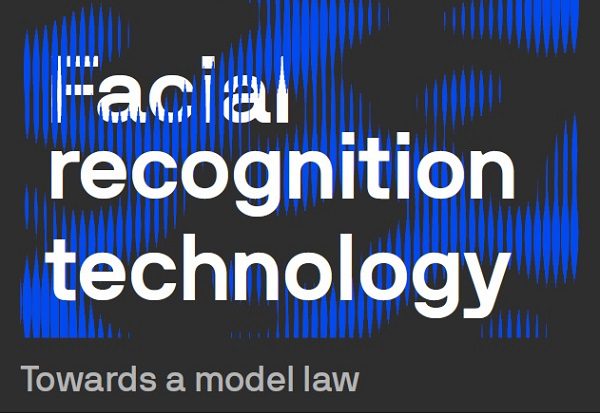We are experiencing an extraordinary rise in the development and use of facial recognition technology (FRT) – in Australia and around the world. Yet, our laws were never drafted with this reality in mind.
As a result, Australian law does not effectively regulate FRT: our law does not reliably uphold human rights, nor does it incentivise positive innovation. Every liberal democracy around the world is facing a similar problem.
Facial recognition technology is being woven into the fabric of our personal, professional and communal lives. Increasingly, FRT applications are inside the devices that are used by, and on, Australians.
Many of us will have experienced FRT unlocking a smartphone, organising photos of friends and family, in home security systems, at passport control, and in monitoring and surveillance by employers and law enforcement. This list is rapidly expanding. While FRT is primarily used to identify an individual or to verify that they are who they claim to be, it is increasingly being used to assess characteristics, such as a person’s age, gender or even emotions – albeit with widely-variable accuracy.
Well-designed, thoughtfully-implemented FRT offers convenience and efficiency, particularly in identifying people at scale. The technology can even enhance human rights: FRT is widely used by people who are blind or have low vision, and it can be used to locate missing people and identify victims of crimes.
However, this technology also threatens our human rights. Most obviously, FRT’s reliance on sensitive personal information intrudes on the right to privacy. As FRT is deployed more widely, the risk of mass surveillance increases.
Particular human rights risks arise when FRT is used to make high-stakes decisions. For example, if an individual is wrongly identified as a criminal suspect, they could be unlawfully arrested and detained. Where errors caused by FRT disproportionately affect particular groups in our community – including women and people of colour – this can threaten the right to equality or non-discrimination…


